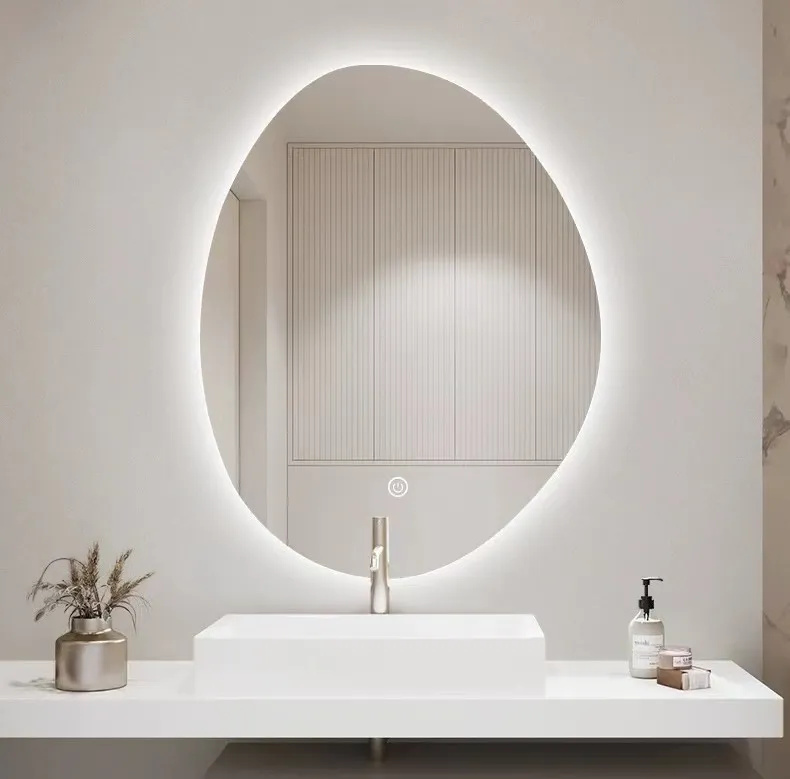

Green Low-E Glass The Future of Energy-Efficient Building
In an era where sustainability and energy efficiency are at the forefront of architectural design, green low-emissivity (Low-E) glass has emerged as a game-changer in the construction industry. This innovative material plays a critical role in mitigating energy consumption, enhancing indoor comfort, and reducing environmental impact.
Green Low-E Glass The Future of Energy-Efficient Building
Moreover, the environmental benefits of low-E glass extend beyond energy savings. By decreasing the demand for heating and cooling, these windows contribute to lower greenhouse gas emissions. The reduction in energy consumption leads to a decreased reliance on fossil fuels, which is essential in battling climate change. As countries strive to meet carbon emission targets, incorporating sustainable materials like green low-E glass in building designs is increasingly vital.

Another advantage of low-E glass is its ability to enhance indoor comfort. The glass effectively reduces glare and filters out harmful ultraviolet (UV) rays, which can cause skin damage and fade furnishings. Users benefit from a more comfortable living or working environment without sacrificing natural light.
The use of green low-E glass is also gaining traction in commercial buildings, where large glass facades are becoming common. The aesthetic appeal of glass structures does not have to come at the expense of energy efficiency. Incorporating low-E glass into these designs ensures that businesses can promote their commitment to sustainability while also benefiting from reduced operating costs.
In conclusion, green low-E glass represents a significant advancement in building materials, combining aesthetic appeal with energy efficiency and sustainability. As awareness of environmental issues continues to grow, the role of low-E glass in reducing energy consumption, enhancing comfort, and contributing to a healthier planet will become increasingly recognized. For both residential and commercial sectors, embracing this technology is a step toward a more sustainable future.